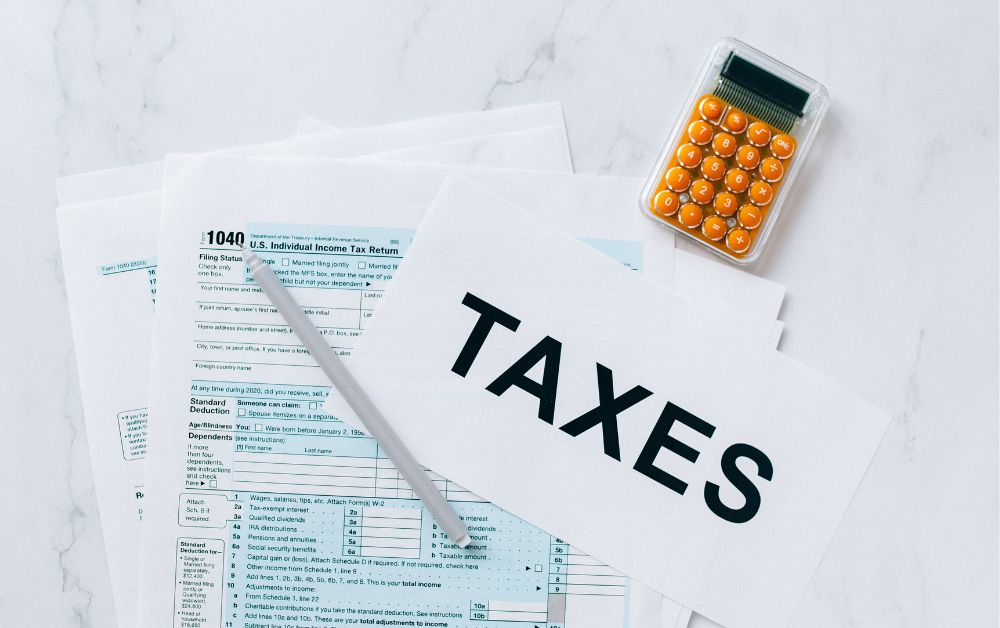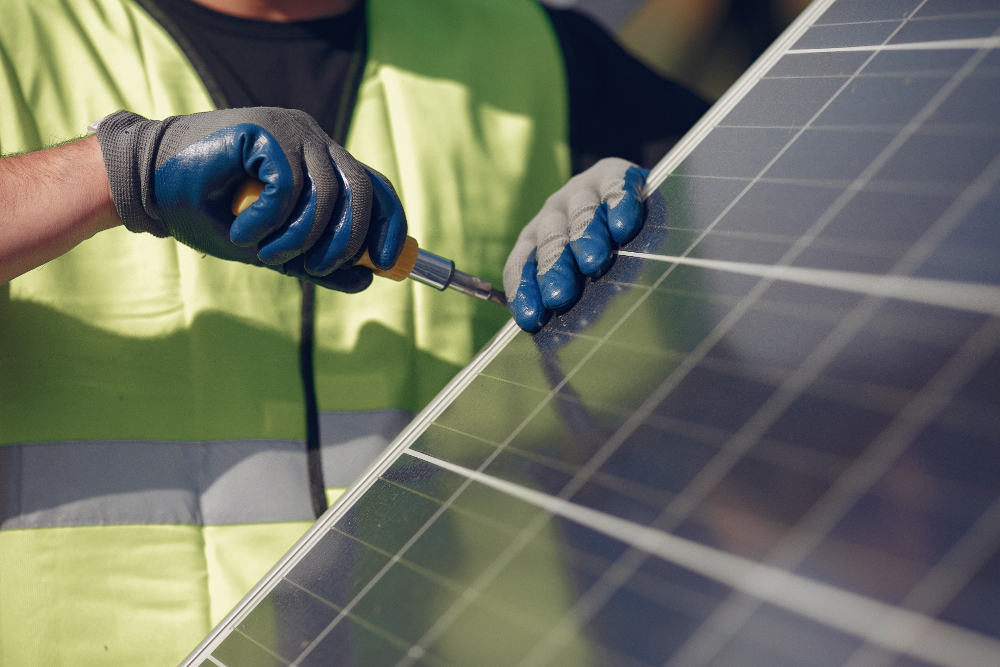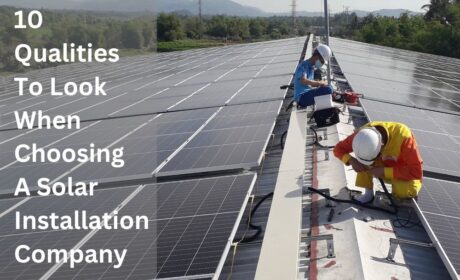
Thinking about investing in solar power in Texas? Make sure you claim your 30% tax credit. Texas is the best state to benefit from natural resources. Because it is both one of the major energy producers and consumers in the United States. The purpose of this article is to provide you with the ultimate guide on the Texas solar incentives in 2023.
A solar incentive is awesome for homeowners who can’t pay hefty up-front costs. It lets you go solar without breaking the bank. Check out this article to find out how Texas solar incentives can benefit you.
Federal Solar Investment Tax Credit:
Government offers you incentives to invest in solar panels in Texas. Texas solar incentive allows you to deduct 30% of your solar project expenses (like permits, equipment, and installation). Tax reductions are not tax refunds; users must owe taxes to qualify.
All states will get a 30% solar investment tax credit for household solar systems. If you live in Texas and install a solar panel system for $13,500, you may be eligible for the Texas solar incentive, which offers a tax credit of 30% of the installation cost. In this case, the tax credit would be $4,050 ($13,500 x 0.30).
If you owe $5,000 in taxes, you can apply for the tax credit to lower your tax payment to $950 ($5,000 – $4,050). This means that by taking advantage of the Texas solar incentive, you could significantly reduce your tax liability and save money while promoting the use of renewable energy sources.
Texas Solar tax incentives overrun your tax liability. So you can take the remaining credit next year. The rate was supposed to decrease to 26% in 2022, then to 22% in 2023, before expiring in 2024.
Thankfully, the federal government extended the credit and reinstated the original credit rate as part of the Inflation Reduction Act. According to the schedule, the rates will change as follows:
- 0% through the installation of all systems in 2032.
- When systems are deployed in 2033, the rate will fall to 26%.
- Again, for systems installed in 2034, it will fall to 22%.
- The credit won’t be offered for systems implemented in 2035 or after.
Costs of Solar Panels in Texas

The average cost of solar panels in Texas is $2.69/W. It changes according to the system’s size. More panels entail more expensive equipment and installation.
However, because panels can be purchased in quantity, the cost per watt may be decreased. The typical installation price in Texas for a 5 kW solar system ranges from $11,432 to $15,468. With the Texas Federal Solar Investment Tax Credit and local incentives, you’ll probably save thousands.
Solar installation and equipment costs are included in the cost. Besides that, permission fees, inspection fees, and installer profit margins are included. These vary mainly by location.
Solar energy generation in Texas:
Texas leads the nation when it comes to renewable energy. The use of solar energy has increased in the state in the past decade. As a result, it now ranks second in the nation for solar power generation. And accounts for more than 10% of all solar energy generated in the country.
Every standard electricity plan in Texas includes a percentage of renewable energy. This is because solar energy and wind power are easily available. If you are a member of a typical energy plan, you can understand the exact amount by looking at your electricity facts label (EFL).
Texas is ranked by the Solar Energy Industries Association as one of the top 10 states for solar energy. Going solar in Texas is now easier than ever thanks to these major solar incentives and rebates. As they result in lower-than-average solar costs.
Property tax exemption for renewable energy installations

Solar panels not only get you a solar incentive, but they also get you a property tax exemption in Texas. In 1981, the Renewable Energy Systems Property Tax Exemption was established in Texas. It enables companies to save money by installing solar or wind-powered energy devices.
Besides lowering your power costs, solar offers another financial advantage. Solar panels may elevate the value of your property. While greater house values usually mean higher property taxes. Texans have a renewable energy property tax exemption.
It means that Texas homeowners don’t have to pay additional taxes because of the potential that solar panels provide.
How to find the best solar tax credits and rebates in Texas?
Texans can take advantage of a range of solar benefits, but most of them are available at the local level rather than statewide. The Database of State Incentives for Renewables includes more than 27 rebate programs for solar installation. To find out if you qualify for any of the Texas solar incentives, check with your utility company and local government.
One of the benefits of installing solar panels in Texas is that solar panel owners can earn credits for the excess energy their panels generate. These credits can be used to offset the cost of electricity purchased from the utility company, which can result in significant savings over time.
If you live in a community governed by an HOA, you may be concerned about potential restrictions on solar panel installations. Fortunately, Texas law prohibits HOAs from preventing their members from installing solar panels on their property, giving Texans the freedom to pursue renewable energy options and take advantage of the Texas solar incentives.
Some solar rebates
In Texas, several utilities and local governments offer solar panel incentives. Your solar contractor will also be aware of any potential incentives in your region. Here are a few such examples:
Austin Energy:
PV panel installation and an education program qualify you for a $2,500 rebate. And commercial solar projects are eligible for one-time credits or monthly incentives. This happens with the actual amount set by the installation’s energy-generating potential.
American Electric Power (AEP) Rebates:
Based on the size of the solar panel system, home users can get up to $3,000 in rebates. Commercial customers can receive refunds ranging from $0.25 to $0.50 per watt.
Sunset Valley PV Rebate
Residential users are eligible for a $1.00 per watt refund, up to a maximum of $3,000 (3 kW). In this case, the installation cost must be $6 per watt or less.
Oncor Solar Program:
This is Oncor’s rebate program for brand-new, grid-connected solar installations. The amount of the rebate varies according to qualification.
CPS solar PV program
CPS is offering a solar subsidy for newly installed solar arrays. The reimbursement varies, but it often amounts to $2,500 per system.
Conclusion:

Texas is hands down one of the greatest places in the US for investing in solar energy systems for home, commercial, or industrial use. What else could you hope for but plenty of sunlight to power your systems?
Moreover, there are a multitude of tax and financial incentives available for those looking to install solar panels in Texas, making the process more affordable and accessible than ever before.
Across the country, energy prices are going up, and home electricity costs are skyrocketing. Now is a great time to invest in solar power and take advantage of Texas solar incentives.
Still unsure or need help in navigating Texas solar incentive? Don’t hesitate to contact us and schedule a free solar consultation. We’ll guide you through the options and help you make an informed decision about going solar in Texas.






